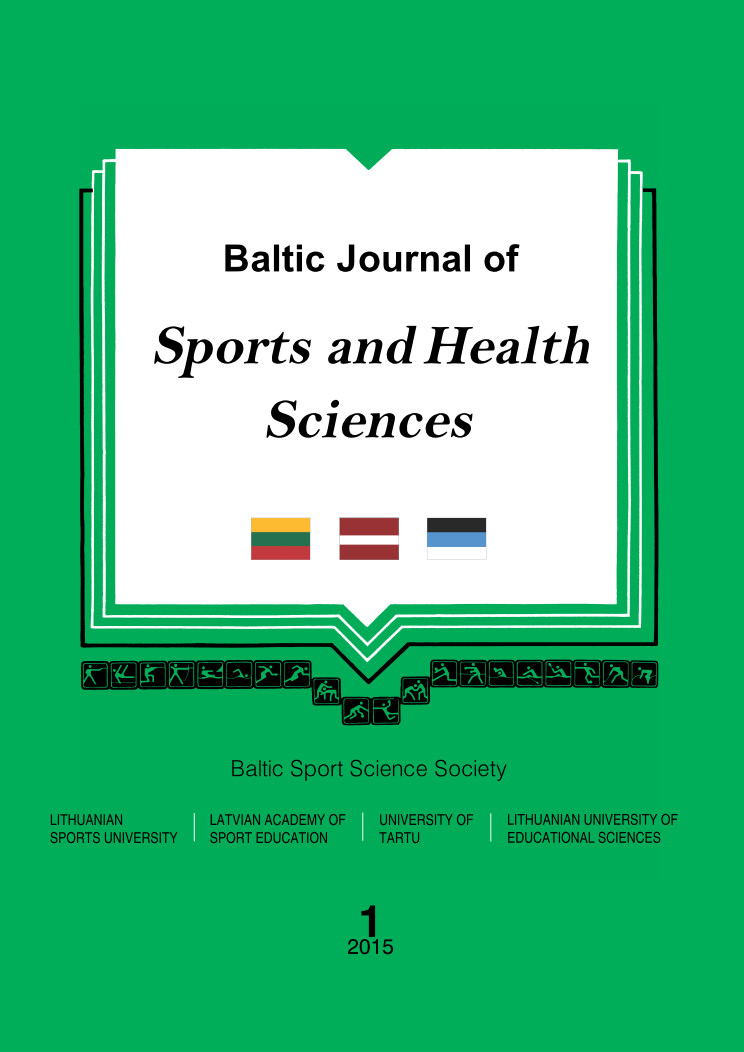Effect of Electrical Stimulation on Blood Flow in Calf Muscles in Different Body Positions
Abstract
Background. In most studies on cardiovascular system, testing of subjects was performed in a horizontal
position. With the change of the body position, certain functional changes occur in the cardiovascular system. The
aim of this study was to analyze the effect of electrical muscle stimulation (EMS) on arterial and venous blood flows.
Methods. Eighteen athletes aged 19–23 performed two sessions of tests in horizontal and sitting positions.
Changes in arterial and venous blood flows were recorded before and after EMS. In each session two occlusions
were performed. In the horizontal position, the initial occlusion pressure of 20 mmHg was applied and as the balance
in arterial and venous blood flow rates was reached, the additional pressure of 20 mmHg (40 mmHg in total). In the
sitting position, the occlusion pressure of 40 and 20 mmHg was applied respectively (60 mmHg in total). In both
sessions EMS was performed using the electrical stimulator Mioritm 021.
Results. In both horizontal and vertical positions, the effect of EMS on arterial blood flow, venous reserve
capacity and venous elasticity was insignificant. Arterial and venous blood flows was affected significantly by the
change of the body position. In the sitting position, arterial blood flow was significantly (p < .05) lower compared to
the horizontal position. Similar results were recorded in venous reserve capacity.
Conclusion. The study suggests that blood flow in the calf muscles is affected by the body position and
hydrostatic pressure; arterial blood flow increases in the horizontal body position.
Keywords: electrical muscle stimulation (EMS), arterial blood flow, venous reserve capacity, venous elasticity
Downloads
Published
Issue
Section
License
Copyright (c) 2018 Baltic Journal of Sport and Health Sciences

This work is licensed under a Creative Commons Attribution 4.0 International License.






